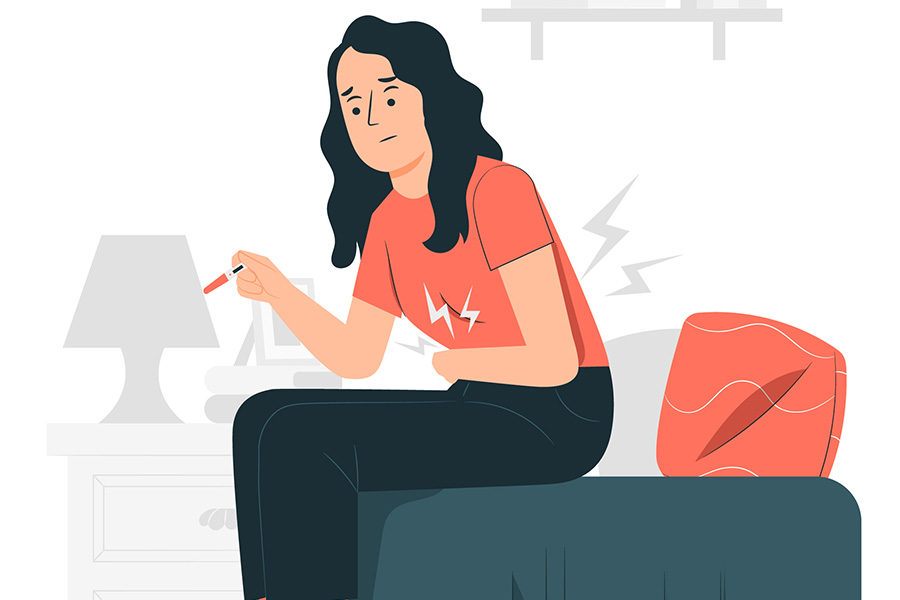
This study reveals how legal uncertainties and gaps in multiple legislations pose obstacles for adolescents seeking abortion services, particularly in consensual sexual relationships.
Authors
Dipika Jain, Professor of Law; Vice Dean and Director, Centre for Justice, Law and Society, Jindal Global Law School, O.P. Jindal Global University, Sonipat, Haryana, India.
Anubha Rastogi, Bombay High Court, Mumbai, India.
Summary
The law ought to ensure that reproductive health services are accessible to all persons — married or unmarried — without subjecting them to heightened scrutiny or procedural requirements. However, the intersection of various laws and their impact on the willingness of medical professionals to offer abortion and reproductive health services to adolescents makes timely, safe, and affordable abortions difficult for adolescents to obtain.
This challenge is exacerbated by a lack of public healthcare facilities, particularly in rural areas, and the overall restricted access to healthcare services during the Covid-19 pandemic.
We delve into how legal uncertainties and gaps in multiple legislations pose obstacles for adolescents seeking abortion services, particularly in consensual sexual relationships. We specifically examine the unintended barriers stemming from the Protection of Children from Sexual Offences Act, 2012 (POCSO), which categorises consensual sexual relationships among adolescents as sexual offences without recognising their evolving sexual autonomy.
Notably, POCSO includes a mandatory reporting provision, compelling the reporting of all sexual offences involving a “child” to law enforcement. This complexity is further compounded by the requirement for third-party authorisation for abortion by medical boards. The Indian courts, in rendering inconsistent, moralistic, and biased judgments on adolescent access to abortion services during the Covid-19 pandemic, contributed to the complexities.
Published in: Indian Journal of Medical Ethics
To read the full article, please click here.

